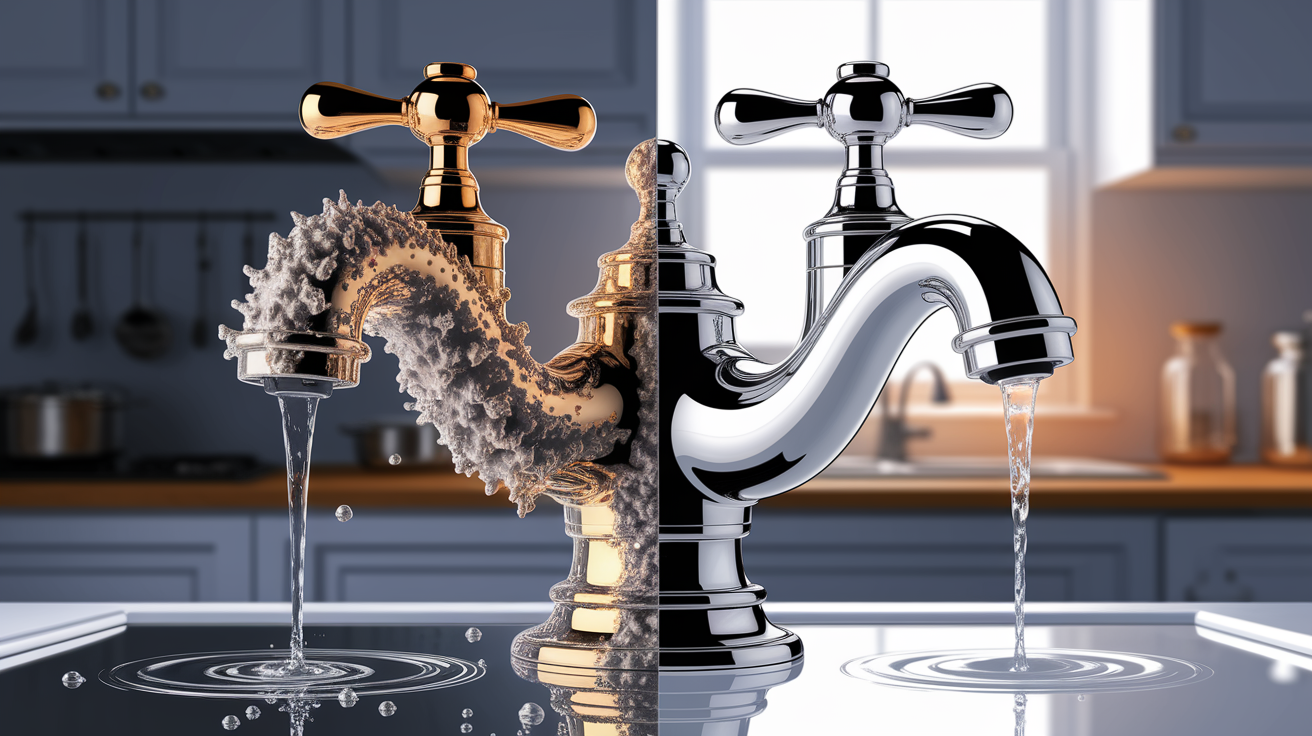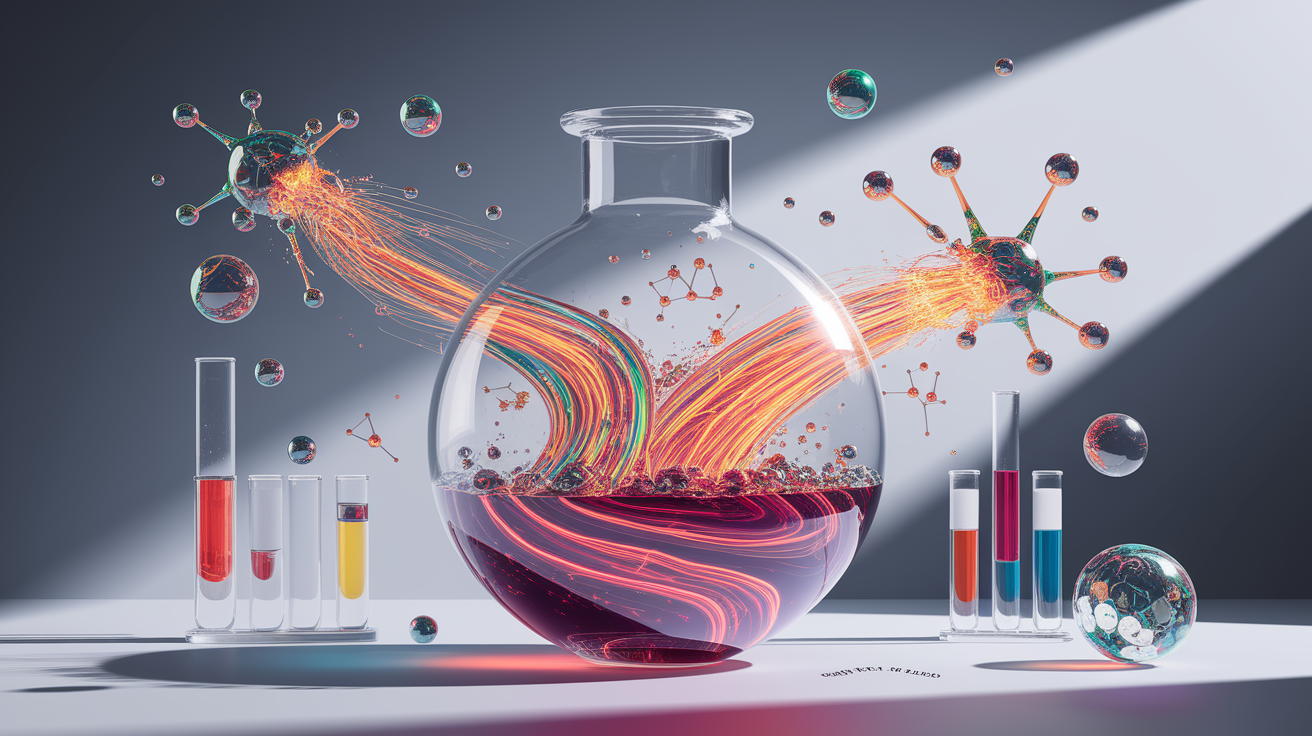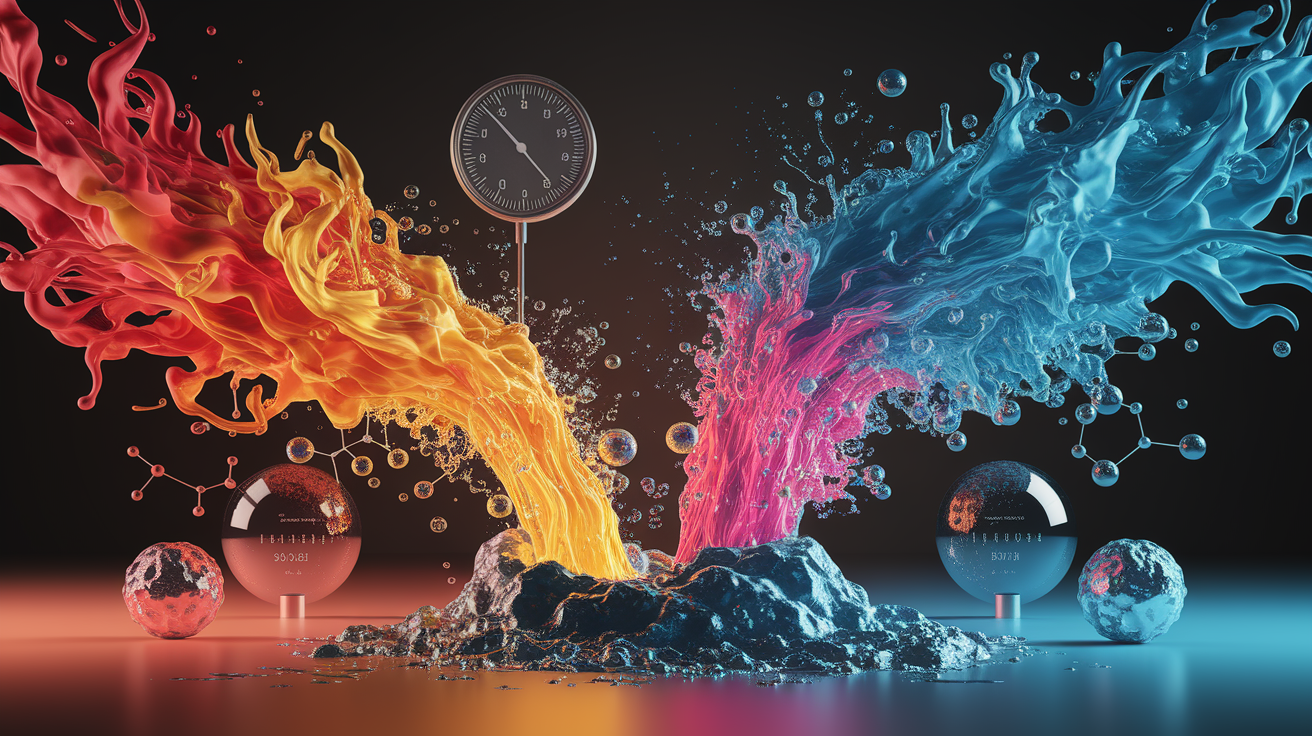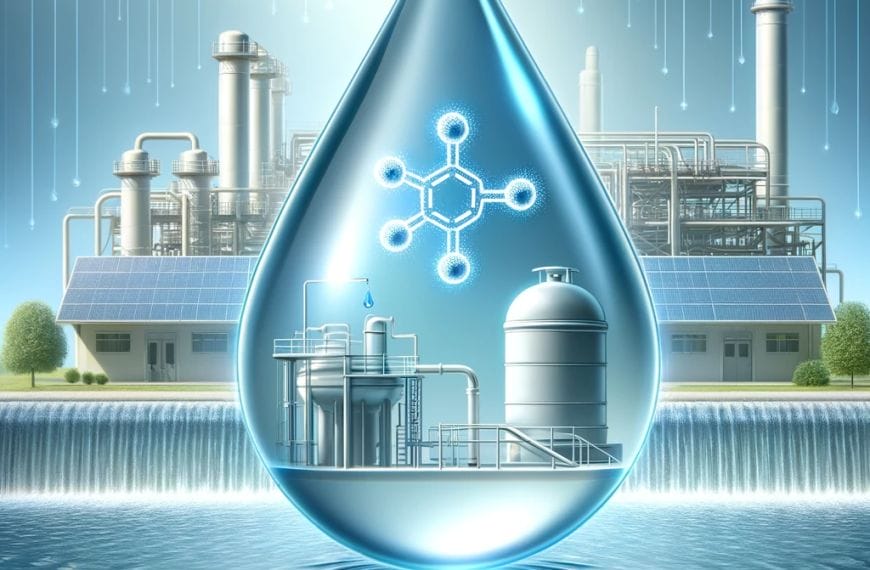Quick Answer: Limescale is that hard, chalky coating you find in kettles, boilers, and on faucets, and it’s mainly made of calcium carbonate. It forms when minerals in hard water precipitate out during heating or evaporation, sticking stubbornly to surfaces.
The Hard Truth Behind Limescale
At first glance, limescale might seem like nothing more than an annoying white crust. But underneath that surface is a story of chemistry, heat, and minerals. Limescale is a visible sign of hard water’s mineral content reacting to physical changes—most often temperature and evaporation. It forms on appliances and fixtures where water is heated or left to dry, and it can impact household efficiency, energy bills, and water flow over time.

Dissecting the Chemical Reaction
The main ingredient in limescale is calcium carbonate (CaCO₃). It typically forms from dissolved calcium bicarbonate in hard water through a process known as thermal decomposition. When the water is heated or the pressure drops, the following reaction occurs:
Ca(HCO₃)₂ → CaCO₃ + H₂O + CO₂

In simpler terms:
- The dissolved carbon dioxide escapes from the water when heated.
- This shift in balance (or chemical equilibrium) pushes calcium to join up with carbonate ions.
- The resulting calcium carbonate precipitates out, creating the solid, chalky deposits we see.
You can read more about this process in this geochemistry explanation and in detailed technical overviews.
Hard Water’s Mineral Load
Hard water is rich in dissolved minerals—primarily calcium and magnesium ions. The more minerals, the higher the water hardness, and the greater the potential for scale buildup.
- Calcium bicarbonate is soluble in cold water but will readily turn into solid calcium carbonate when heated or evaporated.
- Magnesium ions can also join the deposits, changing their texture or crystal shape.
- Water supplies from limestone-rich areas tend to carry a heavier mineral load, making households in those regions more prone to limescale.
Heat and Alkalinity Catalysts
Temperature is a major player in this mineral drama. Heated water holds less dissolved carbon dioxide, which means the chemical balance tips toward precipitation. Appliances like kettles and boilers create perfect conditions for this change.

In addition, water with a higher pH (more alkaline) also encourages limescale formation because carbonate ions are more stable in alkaline environments. This means:
- Hotter water leads to faster and thicker scale buildup.
- Alkaline conditions act as a green light for minerals to crystallize and stick.
The combined effects of temperature and alkalinity are described in detail in this accessible guide and scientific discussions.
Conditions That Invite Scale
Limescale thrives in particular environments and situations. If you’ve ever wondered why limescale forms in kettles or what causes white deposits on faucets, here’s why:

- Hot water appliances: Kettles, boilers, and water heaters offer ideal heating conditions.
- Evaporation zones: Shower screens, sink edges, and faucet aerators concentrate minerals as water dries.
- Regional water chemistry: Areas with limestone aquifers send more calcium bicarbonate into homes.
You’ll find more about these common sites in practical breakdowns of limescale locations and water chemistry factors.
Chalk Up Your Knowledge
Limescale might seem harmless at first, but its physical characteristics have real effects:
- It’s hard, chalky, and can be white, grey, or tinged with other colors if impurities like iron are present.
- It clings tightly to surfaces, acting as an insulating layer on heating elements—reducing heat transfer efficiency and wasting energy.
- Thick accumulation can clog pipes, weaken water pressure, and shorten the life of appliances.
These impacts are explained clearly in guides on limescale buildup and practical maintenance resources.











